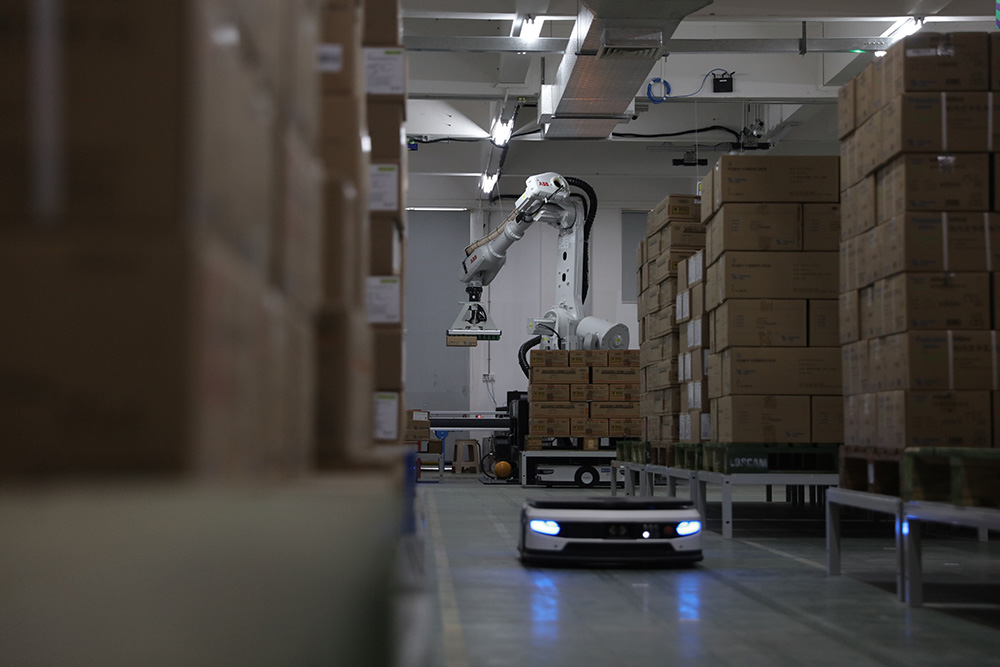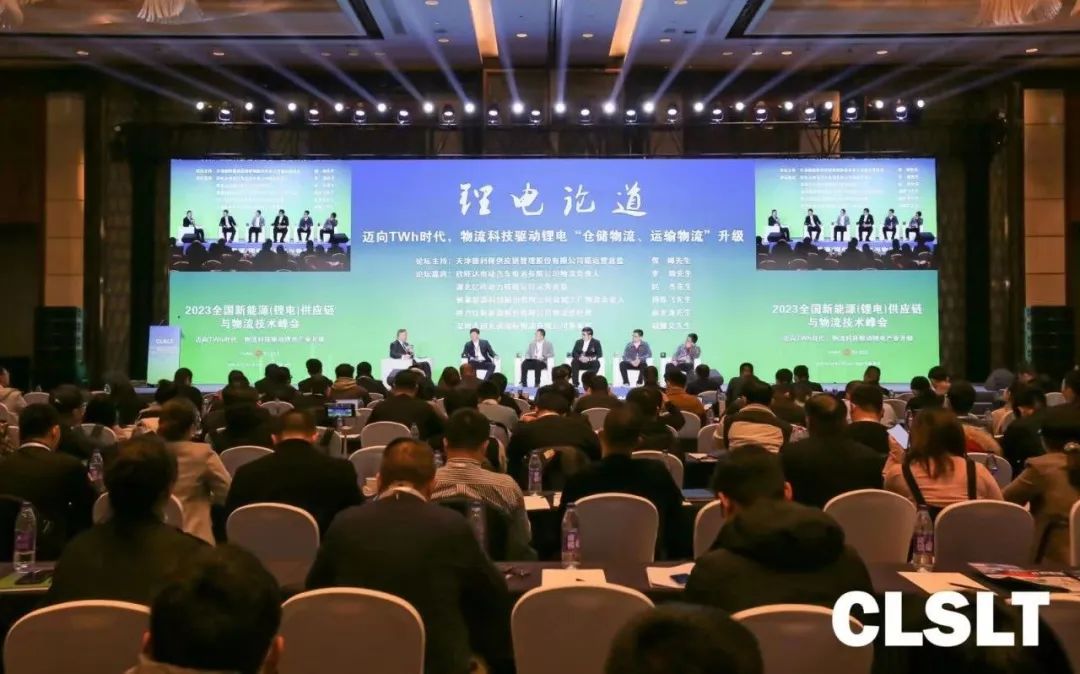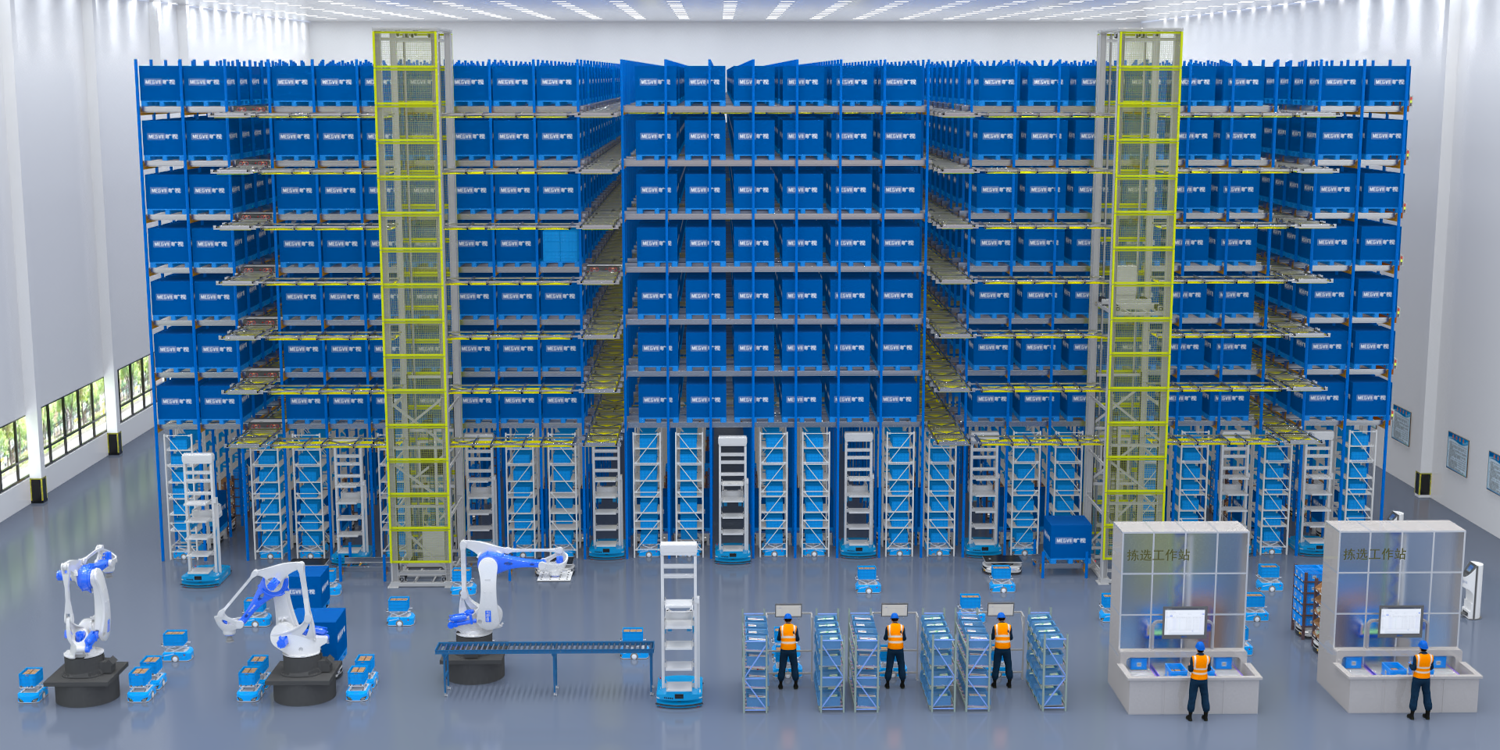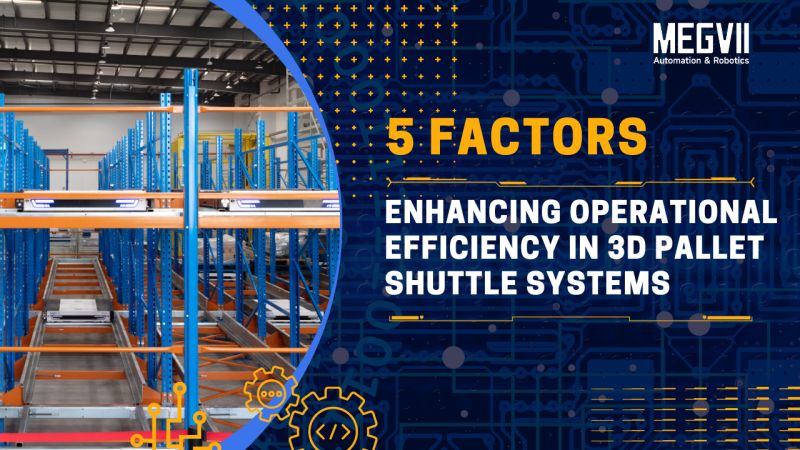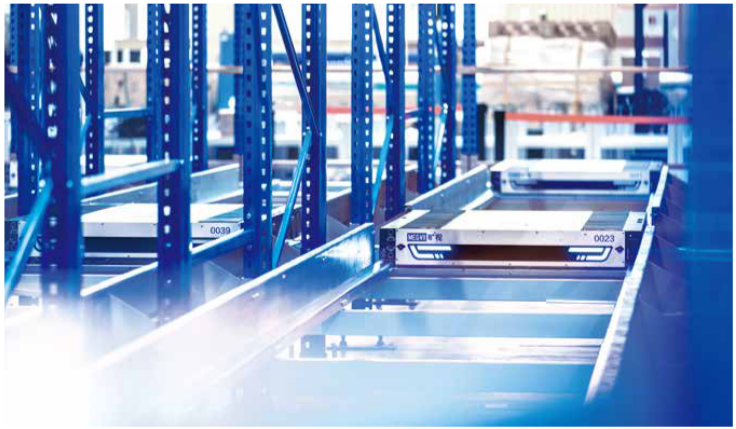News .
Gather Strength to Move Forward to “Lithium” Dream
Recently, Megvii Robotics, with 3A intelligent solutions and business team,
was invited to attend the "2023 National New Energy (lithium) Supply Chain
and Logistics Technology Summit" held by Logistics Technology New Media.
Megvii set up a booth to have in-depth communication with various enterprise
partners in the lithium industry chain. At the summit, lithium owners shared
the common pain points, current solutions and corresponding shortcomings of the
industry in the field of storage and logistics in the lithium industry.
Megvii Robotics has been deeply involved in the upstream and downstream of
the lithium industry for many years, which has maintained close cooperation
with leading companies such as CATL, Ganfeng Lithium Group, Zichen Technology, Taifeng Pulead, Shanghai Batterotech, etc. In the following
article, Megvii Robotics responded to the main questions raised by the guests
on the spot, combined with the practices in the lithium industry.
The trend of lithium industry
The whole industry after nearly 2-3
years of expansion, the investment enthusiasm gradually returns to rational.
With the new production capacity of the lithium industry chain, the industry
chain especially the upstream material supply shortage has been eased. As the
price of lithium carbonate has gradually fallen from a high of 600,000 / ton to
400,000 / ton a few days ago. It is worth optimistic that the market outlook
and profitability of the entire lithium battery industry is still better than
most manufacturing industries. With the outbreak of the energy storage market,
lithium batteries will gain a new growth stage.
The challenges of lithium battery logistics
1. The challenge of
product-demand forecast
Compared with the automotive
industry, which is a very mature industry demand forecast, the lithium battery
industry demand forecast is difficult to achieve precision. There are many
external demand factors, such as the emergence of new forces and the new energy
vehicle market itself, as well as the volatility of upstream raw material
prices.
How can lithium battery companies
achieve relatively accurate inventory forecasting, and achieve the best supply
chain control costs (shortage costs, capital costs, price fluctuation risks,
etc.)? How to avoid excessive or scarce stockpiling that resulting inventory
stagnation? Including how to coordinate the delivery time of container trucks
and shipping to achieve rapid delivery?
2. The challenge of safety
Lithium batteries are flammable and
explosive, therefore safety and explosion-proof issues have become the top
priority. How to ensure immediate detection and alarm, as well as the most
essential, how to timely extinguish the fire and do safe rescue?
3. The challenge of devices lifecycle application
Lithium battery industry is rapidly updated, from lithium iron phosphate
to ternary high nickel to today's sodium ion, solid-state batteries, from blade
battery to Kirin battery to 4680 cylindrical batteries. How to ensure the
applicability of the whole life cycle of hardware and software equipment? From
a certain stage, how to ensure the compatibility of new design solutions and
the original equipment and package, will be directly related to the economy and
competitiveness of the program itself. The future of the lithium industry warehousing
and logistics market will be a large part in the renewal and transformation
scenario.
4. The challenge of warehousing efficiency
Improving efficiency of 40% in Lithium
battery industry is still in the design stage, which will determine the
corresponding efficiency and operation and maintenance costs, including but not
limited to hardware, carriers, etc. Are supporting enterprises forward-looking
and comprehensive consideration?
5. The challenge of flexibility in automatic storage
solution
The common AS/RS
(automatic storage) program in Lithium battery industry is stacker crane and
roller conveyor. For pallet shuttle and other flexible programs still exist
efficiency (including but not limited to turning performance) and stability
concerns. But for raw materials warehouse, line side warehouse and other
scenarios, the whole vehicle enterprises and lithium companies are willing to
open up to emerging innovative manufacturers.
6. The top challenge of saving cost
The automotive and lithium battery industries are highly automated
industries with strict requirements for product quality and consistency, which
objectively require machine to human replacement to reduce human errors. On the
other hand, Chinese social structure determines that the recruitment, training
and retention of blue-collar workers will become increasingly difficult. Thus,
the unmanned and less humanized warehousing solutions will become an immediate
need.
Megvii stands for “lithium” dream
Megvii currently has independent core
products: 3D pallet
shuttle, autonomous mobile robot AMR, and HETU, which constitute the flexible solution: PS+AMR+Hetu.
After careful R&D in the industry,
Megvii has been applied and recognized by leading customers in the lithium
industry, such as CATL, Ganfeng Lithium Group, Zichen
Technology, Batterotech. Megvii 3D pallet shuttle solution is distinguished by
four advantages: efficient collaboration
of software, stable maintenance of hardware, reliable delivery on the ground,
and flexible intelligence of solution. In addition, for lithium material
industry, Megvii has developed special dustproof
models and supporting sweeping vehicles for lithium material to solve the
problems of index identification and graphite easy conductivity in heavy dust
environment.
Since its launch, the Megvii 3D pallet shuttle has been delivered
to more than 30 projects with a
total of about 500 units of equipment,
distributed in 8 major industries such as new energy, medicine, food cold chain, footwear, petrochemical,
semiconductor, 3PL, machinery, electronics and electrical appliances. The
largest single project (distribution center) has applied more than 80 units, and the Hetu system has dispatched a total of about 700 units of multi-type equipment
(including pallet system equipment, bin system equipment, cargo to man system,
conveyor sorter, flexible handling equipment, and robotic arm), which are now
stably online, with a peak daily processing order of 250,000 pieces. The system
has also been developed and landed in the head customers of cold storage,
medicine and other severe industries, showing the cluster scheduling, high
efficiency and stability and real delivery strength of Megvii 3D pallet shuttle
system.
Megvii Hetu × Megvii 3D pallet shuttle
Megvii 3D pallet shuttle solution
1. Fully flexiblility
solution
dense storage + fully flexible
handling + Hetu scheduling. The flexible solution can increase or decrease and change equipment with production; Hetu
system is strongly compatible with
various hardware and software equipment; Hardware equipment (3D pallet shuttle)
has excellent turning performance and
stability, high space utilization (cargo
space density is at least 25% higher than stacker cranes, fully flexible
handling solution does not occupy the factory moving line); Low operation and maintenance costs (including
but not limited to energy consumption and carrier costs), and excellent adaptability for material and
lineside bins.
Left: stacker crane storage Right:
3D pallet shuttle storage
2. The safety problem
Megvii robot is equipped with
comprehensive smoke, infrared and temperature sensors, which can timely to
screen fire and alarm, implement fire extinguishing and safe transfer. Equipped
with a special charging device for
the lithium industry, which adopts fire-resistant
material external cover to avoid fire hazards that may be caused by naked
charging.
3. Digital supply chain platform
Hetu system has strong algorithmic computing power and
excellent tandem scheduling capability for upstream and downstream systems,
which can carry out strategy self-optimization based on the operation practice
of warehouse operations, as well as demand prediction and intelligent
replenishment prompt based on customer needs. The underlying AI algorithm of
Hetu supports Megvii to become a big data center, which supports customers to
carry out accurate order prediction in cooperation with upstream and downstream
and improve the comprehensive response
efficiency of supply chain. Of course, this requires the cooperation of
friends in the industry chain ecosystem, such as raw material enterprises,
lithium battery enterprises, vehicle enterprises, warehouse management software
enterprises, logistics and transportation enterprises to collaborate to open
and jointly manage data interfaces, and do the integration and enhancement of
the digital supply chain. Big dream, smart supply chain.
The lithium industry case study
Liyang project of
Zichen Technology
The Liyang warehouse with 3D pallet shuttle + AMR
20,000 cargo locations, 50 3D pallet shuttles and 34 AMR equipments. The connecting corridor between production workshop and warehouse area
also uses AMR flexible handling, which is the first fully flexible warehousing
logistics solution (dense storage +
flexible handling) in the industry. The demand for lithium cathode material
is large, currently half-ton packets are the main. Also the daily turnover is
large, the operating environment is easy to slip and conductive due to the
properties of graphite, so Megvii helped it to deploy dustproof version models. So far the finished product
warehouse area is online and in stable operation.
